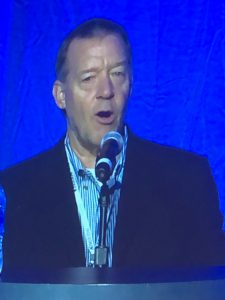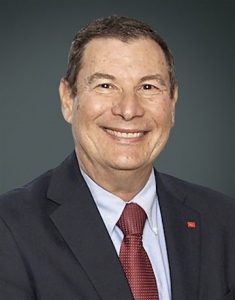U.S. District Judge Alan Albright Provides Informative Update at the 2021 IPO Annual Meeting
Judge Alan Albright assumed the bench in September of 2018 and has quickly made the Western District of Texas a premier venue for patent litigation. 24% of all patent cases filed so far in 2021 were filed in the WDTX, up from just 3% of patent cases filed in 2018. This significant increase in filings is mainly due to the unique rules Judge Albright implements in all his patent cases.
In a speech this morning to the annual meeting of the Intellectual Property Owners Association, Judge Albright emphasized his firm belief that intellectual property is a vital component of our country, and that he therefore has a personal duty to be a fair judge. Judge Albright believes he can accomplish this by providing clear rules which lead to efficient resolutions, thus saving valuable time and costs for all parties to a dispute. Lawyers and their clients can both benefit from Judge Albright’s process which provides certainty and predictability to what can otherwise be lengthy and expensive trials.
Judge Albright prides himself on creating a patent dispute resolution system where a Markman hearing is typically reached within 8 months and a trial 14-16 months after that. Judge Albright has had twice as many Markman hearings as any other Texas division- including 40 in just this past summer.
The COVID-19 pandemic has not diminished WDTX’s efficiency. Instead, Judge Albright took advantage of the flexibility and transparency of Zoom. Hearings taking place over Zoom save time and money for both parties and can also give the public immediate access to the hearing. Anyone can listen to a patent trial in Judge Albright’s court (except for certain confidential portions, such as during the damages stage). Access to the Judge’s hearings can provide a major insight to understanding how the Judge will handle certain issues, providing even more predictability for the parties as well as useful strategies to take advantage of.
The Maier & Maier litigation team is well equipped to take advantage of Judge Albright’s procedures, which allowed us to settle a recent case in just 43 days from the filing of the complaint. By monitoring Judge Albright’s cases and other trends in the case law, Maier & Maier continues its track record of successful patent cases in the Western District of Texas.

